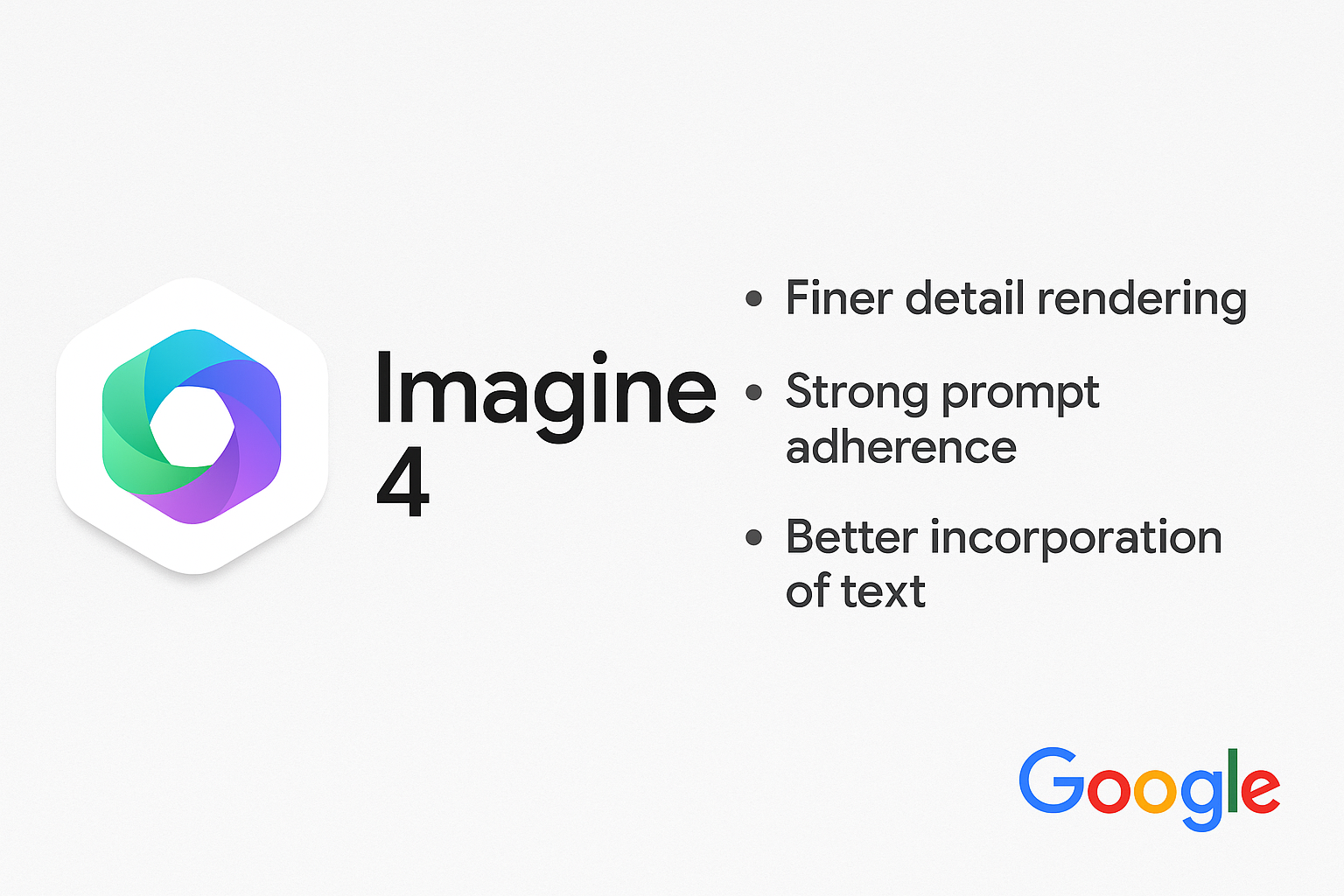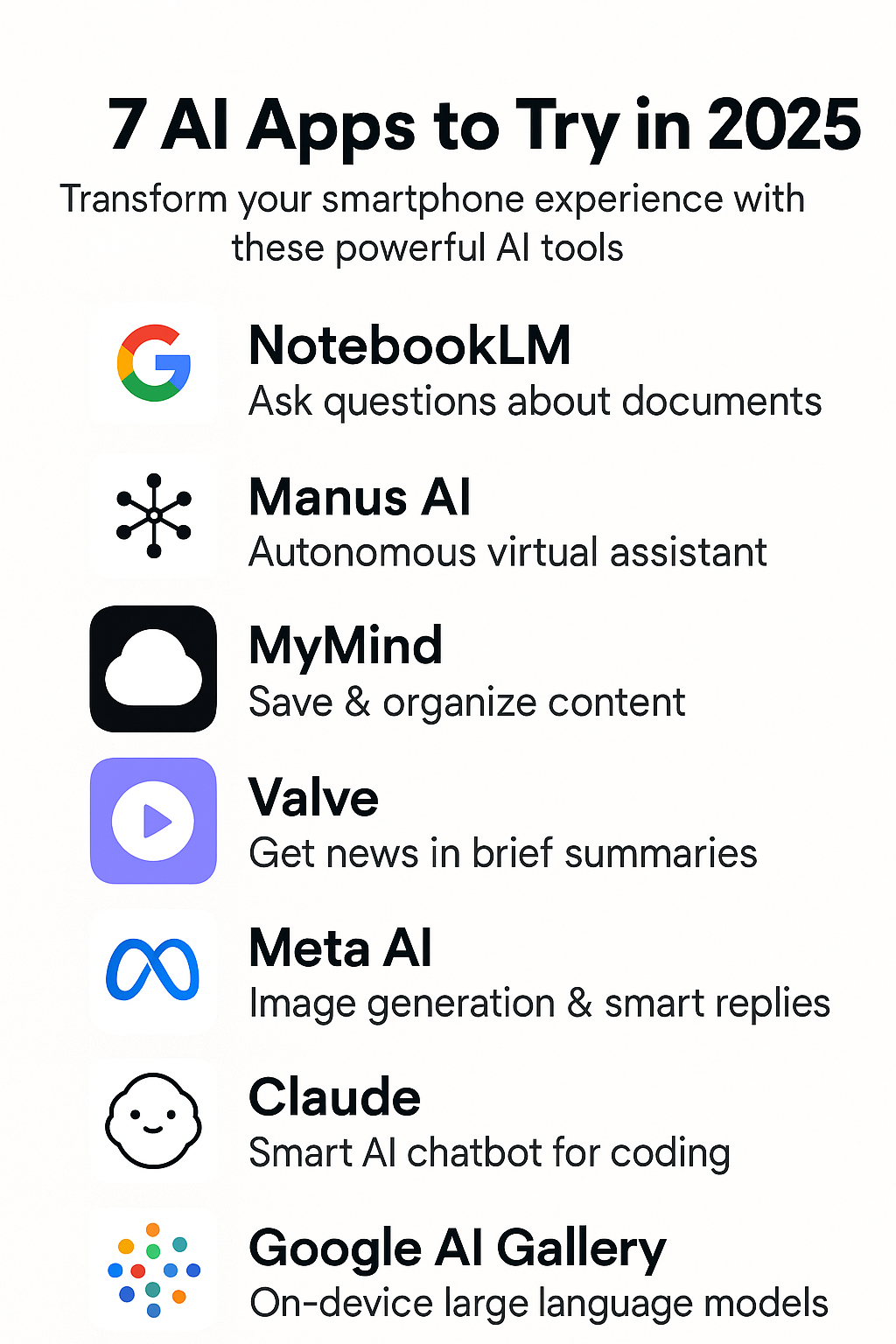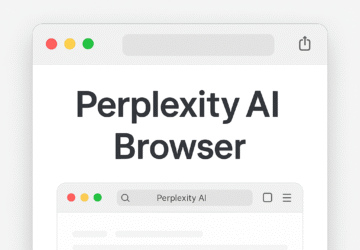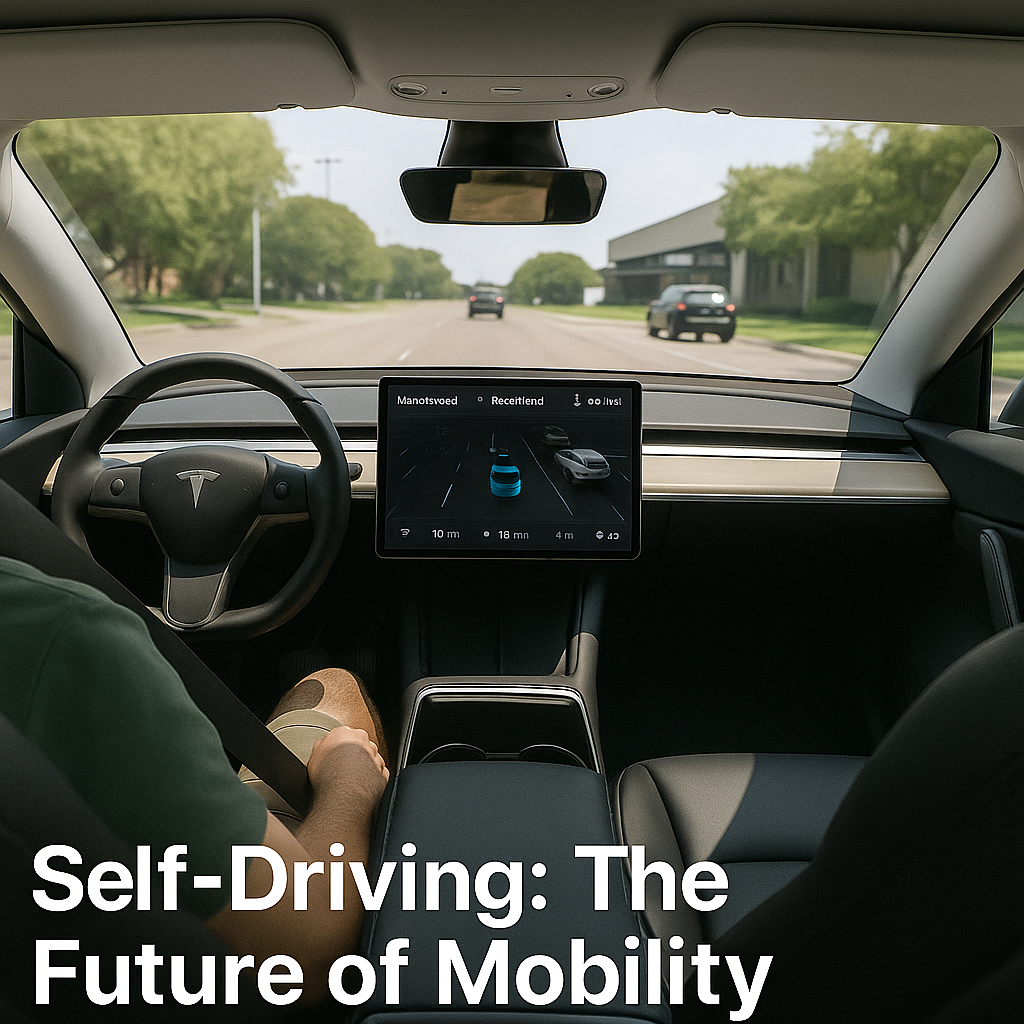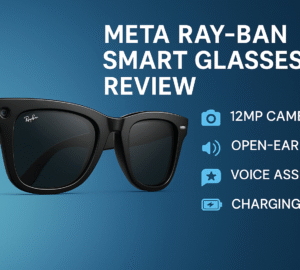The future is here—and it just picked me up from the curb.
I recently had the opportunity to take my first ride in Tesla’s RoboTaxi, and the experience was nothing short of revolutionary. We’ve all heard about self-driving cars, but being inside one without anyone in the driver’s seat felt like stepping into a scene from a sci-fi movie. Here’s a detailed look at what it was like to ride in one of Tesla’s newest fully autonomous vehicles—and what it means for the future of mobility.
🚘 The Ride Experience: Smooth, Smart, and Silent
Upon entering the Tesla Model Y, I noticed a “Start Ride” button on the screen. Once tapped, the car exited the parking lot effortlessly. A live map displayed an estimated time of arrival—just 13 minutes to my destination—and the vehicle handled every maneuver with ease. From confident lane changes to smooth turns, the experience felt just like being driven by a cautious, skilled driver.
Surprisingly, it didn’t feel robotic at all. In fact, the ride was more comfortable and fluid than many human drivers I’ve encountered. Tesla’s system mimics human-like driving behavior so naturally that after a few minutes, I completely forgot there was no one behind the wheel.
🔊 Entertainment and Personalization
What really caught my attention was the integration with my Tesla account. I was listening to Metallica in my Cybertruck before the ride, and when I logged in to the RoboTaxi, it continued right from where I left off. This kind of personalization enhances the user experience and shows Tesla’s vision for a seamless mobility ecosystem.
The rear-seat interface offers options like climate control, support requests, entertainment apps, and even an arcade. It’s a fully connected, rider-focused environment.
🧠 Powered by AI, Not Sensors
Unlike other autonomous vehicle companies using a mix of sensors, radar, and LiDAR, Tesla’s RoboTaxi relies purely on camera-based vision and advanced artificial intelligence. This reduces hardware complexity and production costs while leveraging Tesla’s massive fleet to train its neural networks.
This approach allows Tesla to scale rapidly—potentially deploying more autonomous vehicles in days than competitors have launched in years. And as the fleet grows, Tesla can gather more data to continuously refine and improve its Full Self-Driving (FSD) capabilities.
🌍 Why This Matters
Tesla’s RoboTaxi is more than a technological milestone—it’s a step toward accessible, scalable transportation for everyone. Imagine low-cost, on-demand autonomous rides being available in underserved communities, helping individuals get to work, school, or healthcare without needing a personal car.
This could be transformative for urban mobility, significantly reducing traffic congestion, carbon emissions, and the overall cost of transportation.
🔐 Safety and Monitoring
The vehicle is equipped with clear visual indicators for both cameras and microphones, ensuring transparency in data collection. A safety rider was also present to oversee the journey, although the car handled the entire route independently.
Tesla has also implemented privacy-focused protocols, like clearing session data after each ride, reinforcing user trust in the technology.
🚀 What’s Next for Tesla RoboTaxi?
This ride took place in a geofenced area in South Austin, a typical approach used by autonomous vehicle companies to test and gradually expand operations. The booking process took less than five minutes, and the ride cost just \$4.20—a symbolic price, perhaps, but indicative of Tesla’s ambition to offer affordable autonomous transportation.
As Tesla expands its RoboTaxi fleet and coverage areas, the service could soon become a mainstream mobility solution. It won’t just challenge existing ride-hailing services—it may redefine them.
Final Thoughts
Tesla’s RoboTaxi service is no longer a distant dream. It’s real, it’s functional, and it’s already on the streets. What was once dismissed as science fiction is now a working product offering safe, seamless, and enjoyable rides.
The implications are enormous: from environmental benefits to urban planning transformations to economic opportunities in mobility-as-a-service. We are witnessing the dawn of a new era in transportation.
Are you ready for a world where your car drives itself? Because it’s already here.
